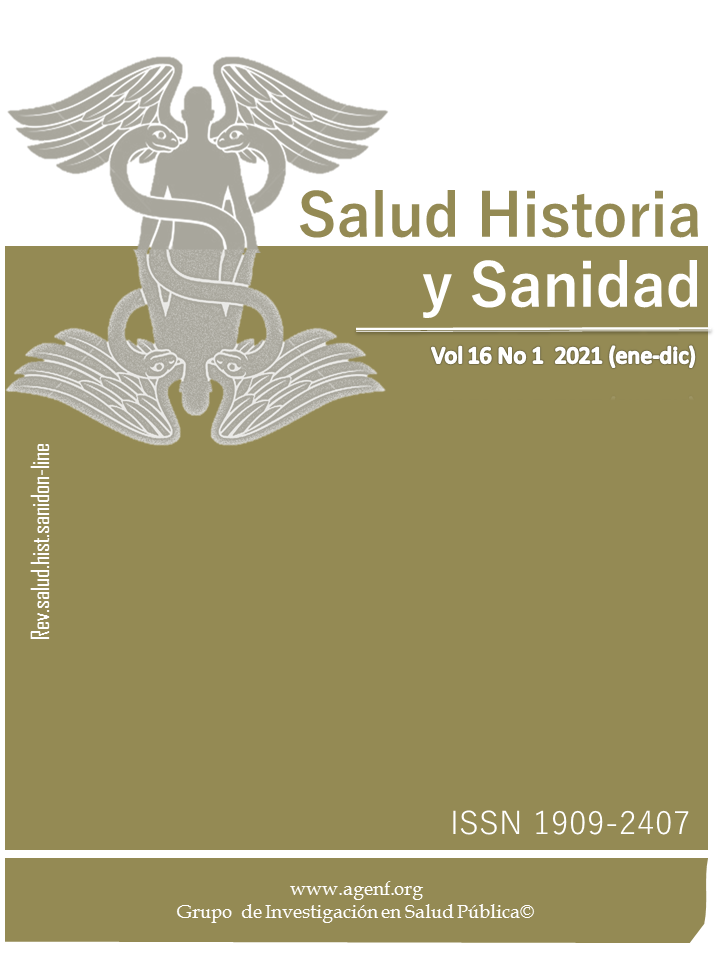Abstract
It was observed that the children of the Mandala Pedagogical Center presented difficulties in their motor skills, corporality, spatiality, coordination, management of laterality and ba-lance. Objective: Contribute to the perceptual motor development of children from Jiu Jitsu. Methodology: Quantitative ap-proach of a pre-experimental type, longitudinal cut, in an inten-tional and convenient sample of 6 children, between 8-9 yearsold. A 12-session Jiu Jitsu program was applied for 6 weeks.Results: In the initial Ktk test 100 % of the children were po-sitioned in coordination disturbance with a score lower than85, in the final test 83 % were in very good coordination and16.6 % in normal coordination. because the score achieved wasbetween 115 and 140. The initial fantastic test showed 87 pointsout of 120 that correspond to a rating of “Good job”, in the final phase the data shown showed 106 points out of a maximumof 120, placing the Children in ”Fantastic Lifestyle”. Conclusions: The directed physical exercises based on the practice ofJiu Jitsu at these ages, generated significant improvements inthe perceptual-motor, physical, social and mental developmentin the participants.
References
Bouch, J. (1984). La Educación por el movimiento en la edad escolar. Buenos Aires Editorial Paidós.
Camacho, M. A. (13 de marzo de 2017). EL ESPECTADOR. Obtenido de Jiu Jitsu un sistema de defensa Personal: https://www.elespectador.com/cromos/estilo-de-vida/jiu-jitsu-unsistema-de-defensa-personal-24822.
Camerino, C. (2010). Desarrollo de las capacidades perceptivo-motrices en la Educación Física escolar. EFD Deportes Revista Digital Tomado de. https://www.efdeportes.com/efd143/capacidades-perceptivo-motrices-en-la-educacion-fisica.htm, Pág. 1. Obtenido de https://www.efdeportes.com/efd143/capacidades-perceptivo-motrices-en-la-educacion-fisica.htm.
Carmona. (2018). Fortalecimiento de las capacidades perceptivo-motrices. Programa Licenciatura en Educación básica con énfasis en Educación Física Recreación Y Deportes, 21.
Creswell, J. (2008, febrero). Mixed Methods Research: State of the Art. [Power Point Presentation University of Michigan. Recuperate de sitemaker.umich.edu/creswell.workshop/files/creswell_lecture_slides.ppt
Gómez Barreto, I. (2008). Habilidades motrices en la infancia y su desarrollo desde una educación física animada. Reviste Ibero Americana de Educación. 47 Obtenido de. Habilidades motrices en la infancia y su desarrollo desde una educación física animada: https://rieoei.org/historico/documentos/rie47a04.htm.
Kemmis, S., Wilkinson, J., Edwards-Groves, C., Hardy, I., Grootenboer, P. y Bristol, L. (2014). Changing practices, changing education. Singapore: Springer Singapore. http://doi.org/10.1007/978-981-4560-47-4.
Martín. (2014). Importancia de la motricidad para el desarrollo integral del niño en la etapa de educación infantil . file:///C:/Users/USER/Downloads/Dialnet-ImportanciaDeLaMotricidadParaElDesarrolloIntegralD-6038088%20(1).pdf
Meinel, K., Schnabel, G. (1998). Teoría del movimiento: síntesis de una teoría de la motricidad deportiva bajo el aspecto pedagógico. Buenos Aires: Editorial Stadium.
Peña (2017). Herramientas para la reflexión. Conceptuales, escriturales, discursivas. En L. M. Peña Malagón, Herramientas para la reflexión. Conceptuales, escriturales, discursivas. (pág. 5). Bogotá: Net Educativa
Sampieri, H. C. (2003). Metodología de la Investigación. México: McGraw-Hill
Tarantino, F. (2017). Propiocepción Lesiones y deporte. Médica Panamericana
Vásquez, D. &. (2017). Uso del test KTK como instrumento de evaluación de la coordinación motora gruesa entre los 6 y 11 años de edad en hombres y mujeres. Revista Ciencias de la Actividad Física UCM, N° 18 (1), 43-52.
Vélez, R. R. (2012). Fiabilidad y validez del instrumento “Fantástico” para medir el estilo de vida en adultos colombianos. Revista Salud Pública Vol.14, 226-237.
Villa de Gregorio, M. P. (8 de abril de 2019). Análisis de las relaciones entre el Trastorno en el Desarrollo de la Coordinación (TDC/DCD) y el. Obtenido de Universidad Politécnica de Madrid (España)

This work is licensed under a Creative Commons Attribution-NonCommercial-NoDerivatives 4.0 International License.
Copyright (c) 2021 REVISTA SALUD, HISTORIA Y SANIDAD

